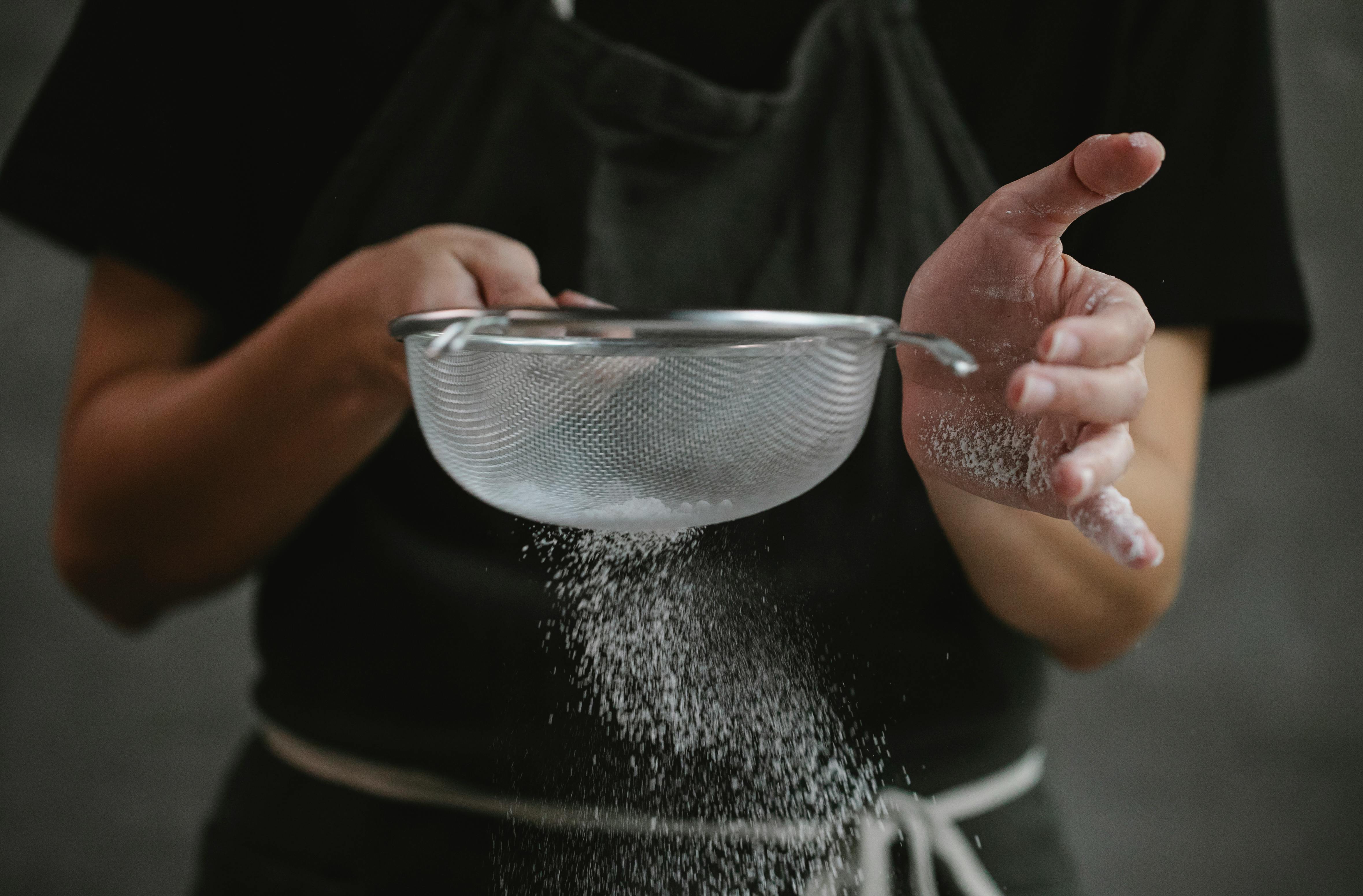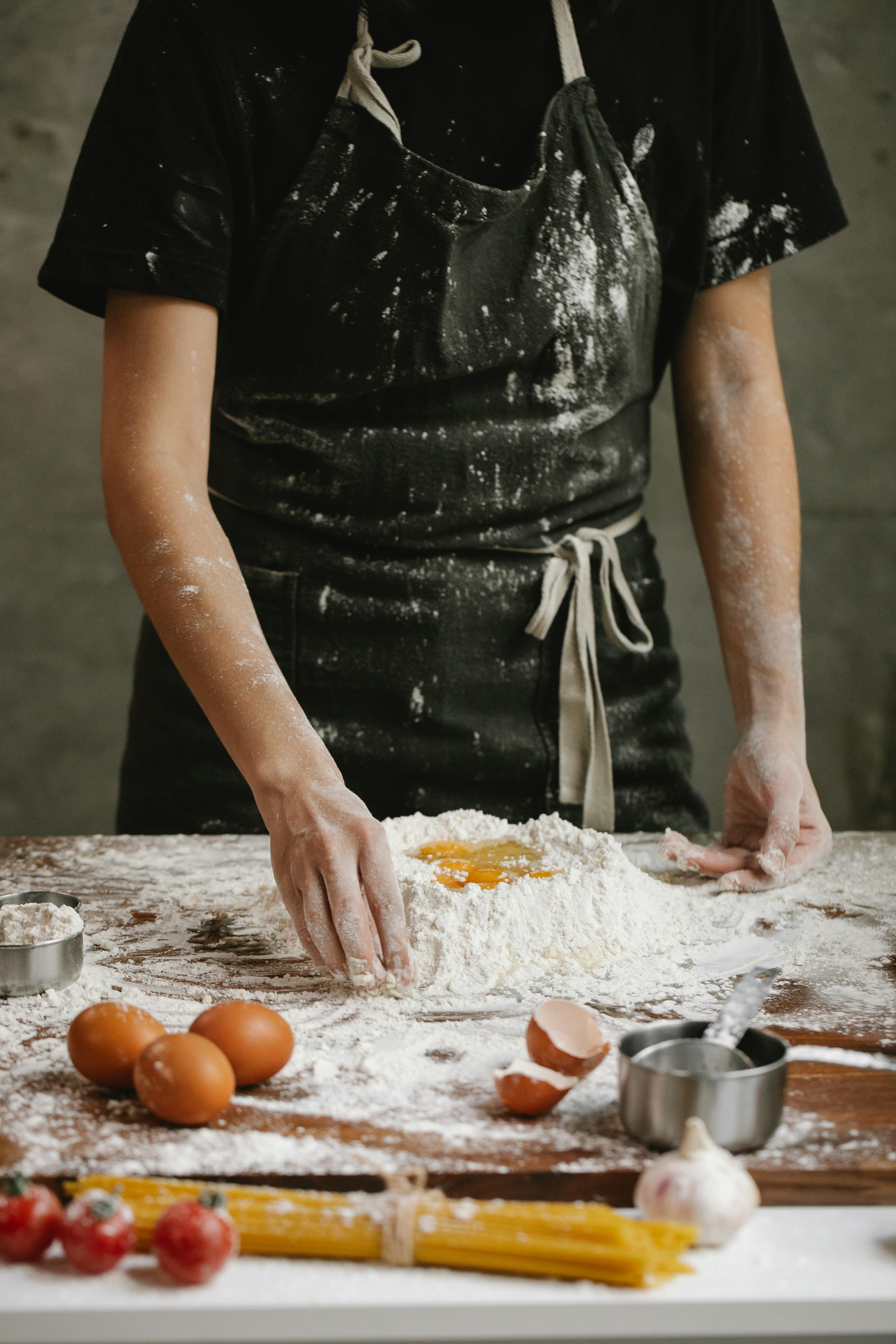Homemade mango juice is a delicious and healthy drink that can easily be made at home. It is much tastier than store-bought varieties, and you can make it with any type of mango. Mango juice can be enjoyed alone or combined with other flavors to make a refreshing smoothie.
This guide will provide a step-by-step instruction on how to make homemade mango juice. We will discuss the ingredients needed, the equipment required, and the process for making this delicious drink. With these tips, you’ll be able to make your own homemade mango juice in no time!Introduction to Homemade Mango Juice
Mango juice is a delicious and refreshing beverage that can easily be made at home. Not only is it simple to make, but with just a few ingredients you can create a unique and tasty drink. Making homemade mango juice is an excellent way to enjoy the sweet taste of mangoes without having to purchase expensive store-bought varieties. Plus, you have control over the quality of ingredients used and can make sure that your juice is as healthy as possible for your family.
When making homemade mango juice, there are several factors to consider. First, choose the type of mangos used. Ripe mangos will produce a sweeter and more flavorful juice than unripe mangoes. Additionally, you can adjust the sweetness by adding sugar or honey. Lastly, consider adding other ingredients such as lemon or lime juice for additional flavor.
In order to get started making homemade mango juice, gather the necessary supplies:
- Mangoes
- Sugar/honey
- Lemon/lime
- Blender
- Strainer
Simply peel and cut the mangos into small pieces before placing them in the blender with the desired amount of sugar or honey and lemon or lime juice if desired. Blend until smooth and then pour through a strainer into a glass or pitcher for serving.
Making homemade mango juice is simple and allows you to enjoy this delicious drink whenever you want!
Contents
The Benefits of Making Homemade Mango Juice
Mango juice is one of the most popular juices in the world, and for good reason. Not only is it delicious and refreshing, but it’s also incredibly healthy. Making homemade mango juice can provide even more health benefits than store-bought varieties. Here are some of the benefits of making homemade mango juice:
Nutritional Benefits:
Homemade mango juice is packed with vitamins and minerals that can help boost your immune system, improve digestion, and even help protect against certain types of cancer. Mangoes are rich in vitamins A, C, E, and K, as well as a variety of other essential nutrients such as calcium, magnesium, iron, potassium, phosphorus, and zinc. Additionally, mangoes contain antioxidants that can help protect your body from oxidative damage.
Freshness:
When you make your own mango juice at home instead of buying it from the store, you can be sure that it’s fresh. Store-bought juices are often made with preservatives or additives to extend their shelf life. Homemade mango juice doesn’t need any preservatives or additives since it’s made with fresh fruit. This makes it healthier than store-bought varieties.
Cost Savings:
Making your own homemade mango juice is much less expensive than buying pre-made juices from the store. You can buy a whole mango for just a few dollars at most grocery stores or farmers markets. A single mango makes several servings of delicious homemade juice that will cost much less than pre-made versions.
Convenience:
Making homemade mango juice is also incredibly convenient since all you need is a blender or juicer and some fresh mangos. It takes just minutes to prepare a batch of delicious homemade juice – much less time than it would take to buy pre-made versions from the store! Plus, you don’t have to worry about running out since you can always make more whenever you want.
In conclusion, making your own homemade mango juice has many advantages over buying pre-made versions from the store. Not only is it healthier and more nutritious due to its lack of added preservatives or additives, but it’s also much cheaper and more convenient too!
What You Will Need to Make Homemade Mango Juice
Making your own mango juice at home is an easy and delicious way to enjoy this tasty tropical fruit. To get started, you’ll need fresh mangoes, sugar or honey, a blender, and water. When selecting your mangoes, choose ones that are ripe and fragrant to ensure the best flavor for your juice. Be sure to remove any blemishes or bad spots before blending them up.
Next, peel the mangoes and cut them into small chunks. Add the chunks of mango to the blender along with some water and blend until it’s smooth. Depending on how sweet or tart you like your juice, you can add sugar or honey to taste. If you want a thinner consistency, add more water until it’s at a desired consistency.
When your juice is ready, pour it into glasses over ice for an instant refreshment! Enjoy your homemade mango juice as is or use it as an ingredient in other recipes like smoothies or cocktails. With these simple steps, you can make delicious homemade mango juice any time of year!
How Much Mango Should Be Used
Mangoes are a delicious and nutritious fruit, often used in many dishes. But how much mango should be used? This can vary depending on the dish and individual tastes.
When making a mango salad, for example, it is recommended to use one or two mangoes for every two people. The amount of mango can be adjusted to personal preference by adding more or less, depending on how sweet and juicy the mango is.
When making a smoothie or other drink with mango as an ingredient, it’s best to start with half of a mango per person. This can be increased or decreased depending on individual taste. The sweetness of the mango will also play a role in determining how much you should use.
For other dishes such as sauces, soups, and desserts, it is recommended to start with one-quarter to one-half of a mango per person. Again, this amount can vary depending on individual tastes and the sweetness of the fruit.
Overall, when using mangos in recipes it is important to take into consideration the sweetness and texture of the fruit as well as personal preferences when determining how much should be used in each dish.
Preparing the Mango for Making the Juice
Preparing a mango for making juice is a relatively simple process. First, wash the mango thoroughly under running water to remove any dirt or residue. Slice off the top of the mango and discard it. Then use a sharp knife to carefully peel away the skin from the flesh. Once you have peeled away all of the skin, cut away any remaining pieces that can’t be easily removed with your hands. Cut the flesh into small cubes and discard any seeds or pits. Finally, transfer the diced mango pieces into a blender and blend until it forms a puree.
Once you have made your mango puree, you can begin to make your juice. Transfer your mango puree into a pot or saucepan and add enough water to achieve your desired consistency. If you want a thicker juice, add less water; for thinner juice, add more water. Heat over medium heat until it reaches a boil, then reduce heat and allow it to simmer for 15-20 minutes until it has reduced in volume by about half. Once cooled, strain through cheesecloth or a fine mesh strainer to remove any remaining large chunks of pulp.
Your homemade mango juice is now ready to enjoy!

Blending the Mango Juice
Blending mango juice is a simple way to make a delicious, nutritious drink. Start by washing and peeling the mangoes, then cut them into small pieces. Place the pieces in a blender and add a little water or coconut water to make it easier to blend. Blend until all the pieces are completely broken down and you have a smooth, creamy mixture. Add sugar or honey for sweetness, if desired.
Straining the Mango Juice
Once you have blended the mango juice, strain it through a fine sieve or cheesecloth to remove any large chunks of pulp or skin. This will give you a smoother consistency for your mango juice. Once strained, pour it into glasses and enjoy! You can also store it in an airtight container in the refrigerator for up to three days.
Adding Sweeteners and Enhancers to the Juice
Adding sweeteners and enhancers to juice can give it a unique flavor, texture, and aroma that can help make it more appealing to the consumer. Sweeteners such as sugar, honey, molasses, or agave nectar can be added to enhance the sweetness of the juice. Enhancers such as spices, herbs, extracts, citrus zest, or fruit juices can be used to provide additional flavor as well as health benefits.
When adding sweeteners and enhancers to juice, it is important to consider the taste preferences of the consumer. Too much sweetener or enhancer may overpower the natural flavor of the juice. When selecting sweeteners and enhancers for the juice, it is important to select those that will not interfere with any medical conditions or allergies that the consumer may have.
It is also important to consider how much of each sweetener or enhancer should be added. Too much may cause an unpleasant taste while too little may not provide enough flavor enhancement. Different types of juices may require different amounts of sweetener and enhancer in order to achieve a desired result. Experimentation with different combinations of sweeteners and enhancers is usually necessary in order to get a desired result.
When adding sweeteners and enhancers to juice, it is important to remember that these ingredients will add calories and sugar content to the drink as well as change its nutritional value. Therefore, care should be taken when adding these ingredients so that they do not exceed recommended levels for health purposes. Additionally, making sure that all ingredients are organic helps ensure a product free from harmful chemicals or additives.
Storing Homemade Mango Juice
Mango juice is one of the most popular fruit juices enjoyed around the world. Making your own mango juice at home is easy and it can be stored for a few days in the refrigerator to enjoy later. To store homemade mango juice, it should be stored in an airtight container or bottle and kept in the refrigerator. The container should be filled to the top, as air can cause oxidation and spoilage. It is best to use the juice within two to three days of making it.
Serving Homemade Mango Juice
When serving homemade mango juice, it should be chilled for a few hours before serving for best flavor. If you do not have time to chill it, you can serve it over ice instead. For a refreshing summer drink, add some sparkling water and a sprig of mint or some slices of lime or lemon to each glass. You could also add fresh ginger or honey if desired. Whipped cream, yogurt, or ice cream could also be added for a more indulgent treat.

Conclusion
Making homemade mango juice is a great way to enjoy this summer fruit. There are many variations you can use to make the juice according to your preference. All you need is ripe mangoes, water, sugar and a blender. With just a few simple steps and minimal effort, you can enjoy a delicious, healthy and refreshing mango juice in no time.
The process of making homemade mango juice is not only easy but also fun. You can also experiment with different ingredients to create your own unique and tasty recipes. So why not try it out now and enjoy the deliciousness of homemade mango juice!
0 Comments